Sports injuries are painful, and they’re one of the quickest ways to sideline a good player. No matter what sport you play or how you managed to hurt yourself, the treatment and time it takes to heal from an injury are often similar. Acute muscle injuries happen when you suddenly stretch a muscle beyond its level of elasticity. This can occur on a sports field or in your own backyard. When it comes to a relatively minor injury, you don’t need a professional trainer or doctor to treat it. You just need to know some basic treatment and rehabilitation strategies.
You can treat many minor sports injuries at home. To treat a minor muscle injury, follow the acronym R.I.C.E. Rest the area, apply ice, compress it with an elastic wrap, and elevate it. Once your swelling has gone down — usually after about 72 hours — you can begin to alternate applying heat packs and ice to the injury.
Immediately after your injury
You can expect a few things to happen within the first few hours of sustaining a muscle injury. Other than the immediate pain, you might experience swelling and bruising. The initial sharp pain may give way to a throbbing ache. The injured area may also be sensitive to movement and tender to touch. You may not be able to use it normally for at least the first few hours.
R.I.C.E. is an acronym that many sports trainers and athletes use to remember how to treat a minor muscle injury. It stands for rest, ice, compress, and elevate.
Rest
Resting is one of the most effective ways to start your healing process. Your injured muscle will be weak and vulnerable to further injury, especially in the first few hours. Take a break from moving it to help it heal.
Ice
The benefits of applying ice are greatest within the first day or two after sustaining an injury. Apply a bag of crushed ice, a bag of frozen veggies, or an ice pack to your injury. It will help relieve pain and prevent swelling by decreasing blood flow to the area. To avoid frostbite, never place the ice directly on your bare skin. Instead, wrap it in a thin cloth or towel before applying it to the injured area. Apply ice for 15 to 20 minutes at a time, and allow your skin to return to normal temperature in between icing.
Compress
An elastic bandage wrapped firmly around your injury can help minimize swelling by preventing the buildup of fluid. It can also help ease pain by keeping the injured area somewhat immobilized. The bandage may not be enough to immobilize the injured area entirely, but it will provide some support and remind you to keep it still.
If the bandage causes tingling or numbness, remove it and rewrap it more loosely. It shouldn’t be so tight that it causes discomfort or interferes with your blood flow. Even gentle compression can help keep fluid from collecting around the injury.
Elevate
Elevating an injury above the level of your heart will helping minimize swelling by allowing fluid to drain away from the area. If you can’t raise it above your heart, try to keep the injured area at the same level as your heart or close to it. If you suffered an injury to your buttocks or hips, try lying down with a pillow or two wedged under your buttocks and lower back to help lift it.
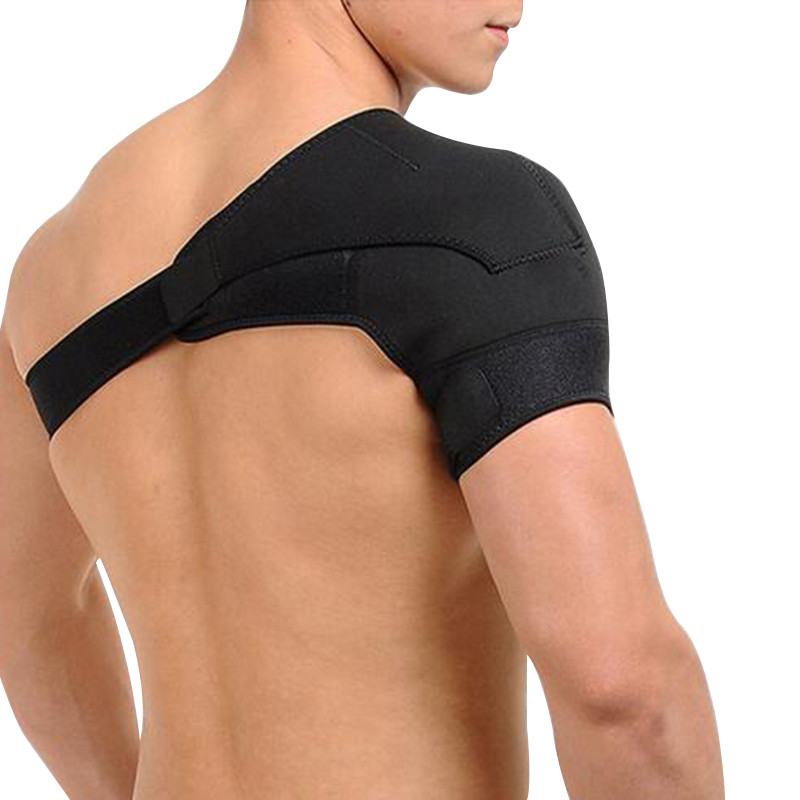
A day later
The day after suffering an injury is often the most painful. Swelling will likely be at its worst a few hours to a couple of days after your injury occurred. Bruising will continue to develop for the first few hours and may be very noticeable the next day. It may turn the entire area a deep purple or black color.
Continue using the R.I.C.E. treatment method for the first 48 to 72 hours after your injury. During this time, you should keep the injured area wrapped with an elastic bandage, elevate it when you can, and apply ice every few hours. If you’re experiencing pain, consider taking an over-the-counter anti-inflammatory painkiller, such as aspirin or ibuprofen. Acetaminophen can also help relieve pain, but it won’t reduce inflammation. During the first three days following a sports injury, don’t apply heat to the area. While it may feel soothing, heat can increase circulation and worsen swelling.
Three days to a week later
Sports injuries usually begin to heal within 72 hours. By the third day, your pain, swelling, and bruising will likely begin to subside. The changing colors of your bruises reflect the breakdown of blood that’s been trapped in your skin as a result of your injury.
Once your swelling has gone down, you can begin to alternate heat packs with ice. Applying heat will promote the circulation of blood to the injured area, helping to deliver oxygen and nutrients to support the healing process. Both heat and ice can help ease pain, and many trainers recommend alternating them every few hours.
When your swelling has gone down, you can also remove your compression bandage and begin to gently exercise the injured area. Start slowly by lightly stretching the area, never pushing it to the point of pain. You’ll notice your range of motion increasing a little more each day. Keep stretching and moving for the first few weeks until you’re comfortable with normal use and exercise.
Immobilizing injuries for too long can cause stiffness and loss of strength. You want to start moving the injured area, or walking with a normal gait, as soon as possible.
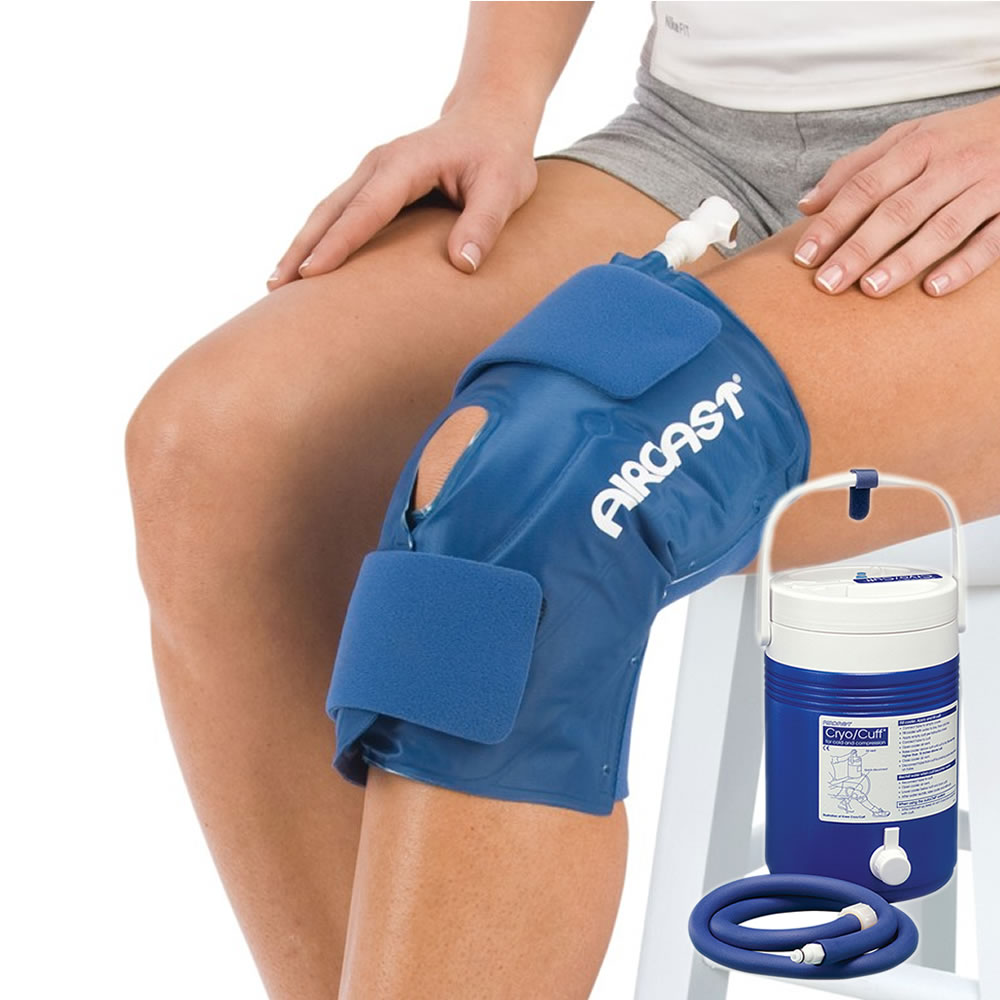
After a month
The first few days are generally the most painful following a sports injury. After that, you may notice some lingering pain and tenderness lasting several weeks to a few months. This is normal. You can use ice and heating pads to relieve pain. Medicated sports cream can also help ease discomfort. This type of cream is available at many pharmacies.
When to see your doctor
If you suspect your injury is severe, make an appointment with your doctor or go to the emergency department. The following symptoms may be a sign of a severe injury that requires professional care:
· Severe swelling and pain
· Visible deformities, such as large lumps or limbs bent at strange angles
· Popping or crunching sounds when you move the injured area
· Inability to support any weight with the injured area
· Instability in a joint
· Trouble breathing
· Dizziness
· Fever
You should also contact your doctor if you have an injury that seems minor but doesn’t improve with home treatment. After the first month, you should have no more swelling or visible bruising around the injured area. If you notice swelling or discoloration after four weeks, make an appointment with your doctor. Severe pain after the first few weeks is also a good reason to visit them.
The takeaway
Whether you’re an amateur athlete or professional, it’s not unusual to get injured from time to time. You can treat a minor muscle injury at home by following the R.I.C.E. method. For the first few days after your injury, rest the injured area, ice it, compress it, and elevate it. Once the swelling starts to subside, try alternating cold and heat treatments to relieve pain. Start to gently stretch and move it. If you suspect your injury is serious, or your recovery process isn’t proceeding well, make an appointment with your doctor.

Dr Saranjeet Singh
Fitness & Sports Medicine Specialist
Lucknow

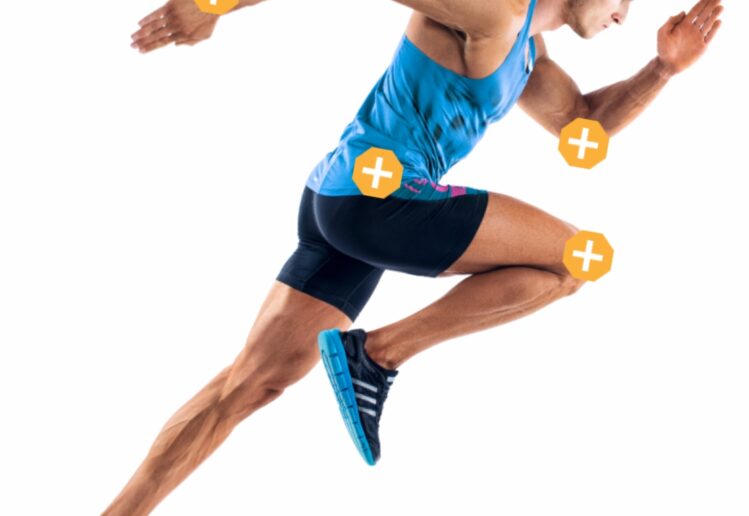

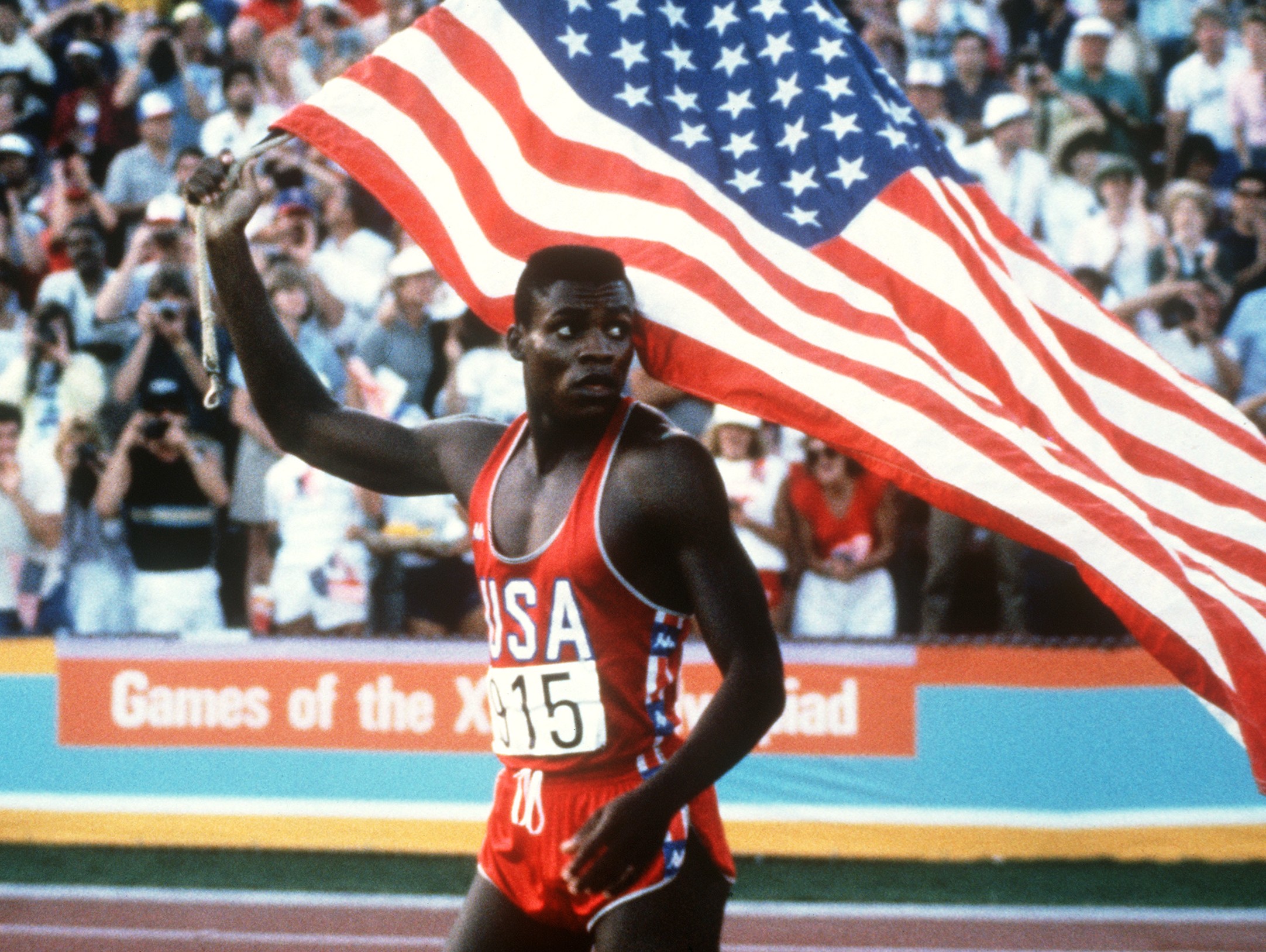
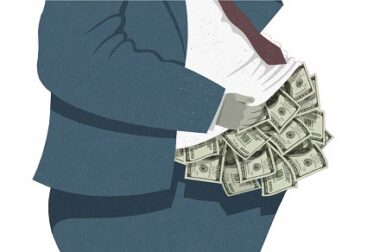



Very informative ..Good article..keep up
Thank you Sir.
Very nice